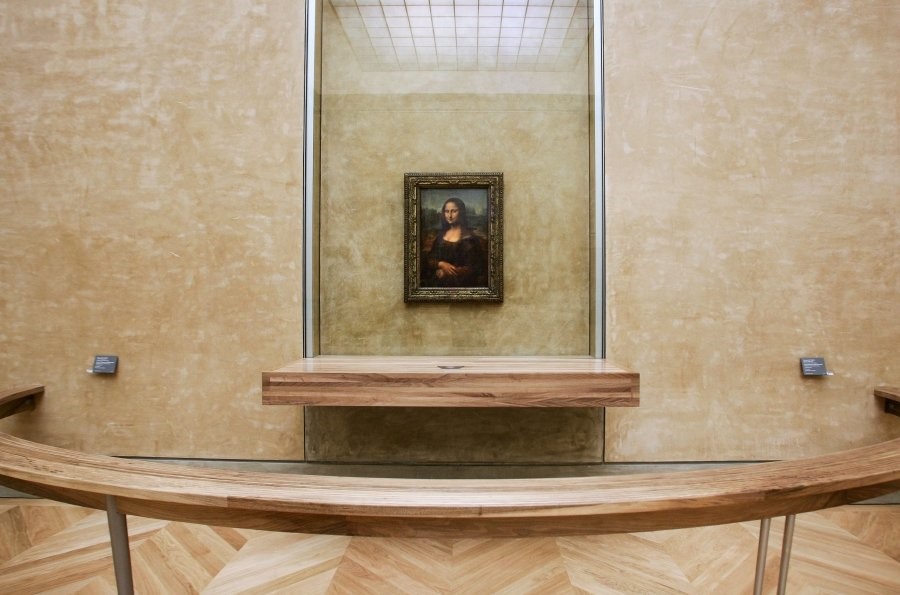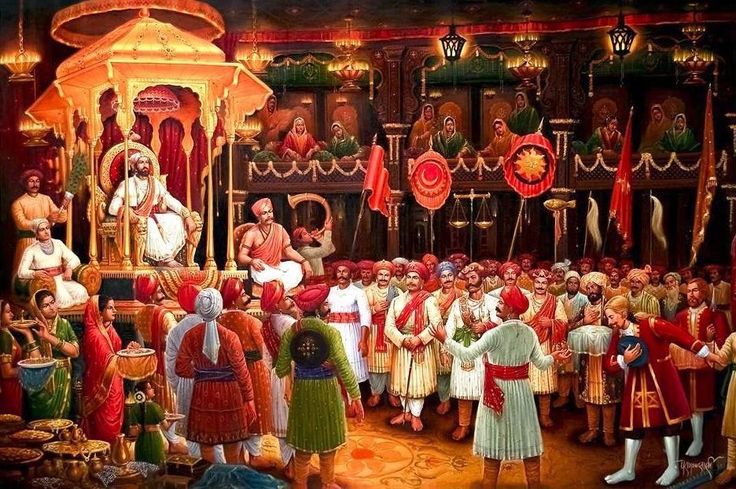“Leonadro Da vinci” the great artist behind Mysterious Mona Lisa painting and not it is also one among the most valuable painting. Although, no one can buy or sell this painting as it’s kept in Louvre Gallery in Paris. An actual truth behind the painting is still unknown as nobody knows that who’s that women exactly. Though, there are lots of narratives by people but none is assured.
The Mona Lisa is possibly the most well-known painting in the whole world, but have you really thought why it is so well-known. There are several causes for this work’s ongoing fame, and when taken together, they provide a narrative that has endured through the years. There are various truths and facts about this amazing painting.
Let’s dig a little deeper and find out 8 interesting facts about “Mona Lisa” painting and things which makes it the most mysterious and famous painting:-
- Although most people are aware that Leonardo da Vinci portrayed the Mona Lisa, the identity of the figure remains a secret. A few even believe the image depicts Da Vinci himself as a woman. One of most widely held belief would be that the woman in the artwork is Lisa Gherardini, birthed in 1479. It’s still a riddle exactly what was the reason that Da Vinci picked her.
- It’s no wonder that the Mona Lisa is by far the most valuable artwork of all time, given its aura of secrecy and ambiguity. The artwork was dispatched on an extraordinary worldwide tour in 1962 and 1963, with stops in Tokyo and New York. The value of this painting continues to rise with time.
- The Mona Lisa, unlike most other paintings of the period, is not drawn on canvas. It is rather portrayed on a poplar wooden panel. Though this may sound strange, bare in mind as Leonardo was an architect and artisan who spent much of his life painting on massive plaster walls, so a hardwood panel is not much of a strain for genius.
- Whenever it refers to the Mona Lisa, the lady in the middle is undoubtedly the center of attraction. However, the scenery behind it is equally fascinating! A bridge which no one can construct is an illustration of this. The most likely candidate is a three-story bridge in a nearby town Piacenza, Italy. The numeral ’72’ has been invisibly written on an arch, prompting speculation that it refers to a flood disaster that occurred in the area in 1472.
- The Mona Lisa’s smiling expression is frequently at the core of discussions over the painting. The half-smile, which is midway among grief and delight, is the topic of repeated study by commentators. To produce such a unique face expression, Leonardo Da Vinci used optical deception. The eyes of Mona Lisa are drawn in such a way that they appear to follow you around the room. Try and move all around artwork the very next time you’re in the Louvre. If visitors move around, they would sense the eyes of the artwork on you from wherever you are standing.
- Mona Lisa painting has a blurry quality to it which has been ascribed to the enigmatic aura that surrounds it. Fewer people realise that it is owing to a specific artwork that Leonardo Da Vinci employed for about the first time on painting of Mona Lisa: sfumato. Sfumato, which simply means “smoke,” is a artwork technique in which the artist utilises layers to soften the outlines of his work and give the Mona Lisa a smooth, somewhat ethereal quality. The purpose of sfumato is to impart mystery to a picture by creating smokey, blurred lines. This approach is responsible for the stunning contrast among Mona Lisa’s gentleness and the bizarre, hard background.
- The ‘Golden Ratio’ had been a concept that fascinated Da Vinci. It is indeed a mathematical formula that determined the ratios of items or elements that were most attractive to the human eye. This ratio was first discovered in nature, and Renaissance architecture began to use it to enhance the attractiveness of their paintings. This ratio has been discovered to be at effect in the Mona Lisa, which explains why it has such attraction and grace to the human eye.
- Several instances, the artwork has indeed been defaced. It happened a couple of times in 1956, so once acids was spilled on it and again when a person threw a stones at it, ruining the color on the Mona Lisa’s left elbow, which was eventually painted over. Glass has been hurled at it in past years, and red paint has also been splashed on it… thankfully, the artwork’s bulletproof protective casing has proven its worth, and the masterwork has escaped injury in both incidents.








